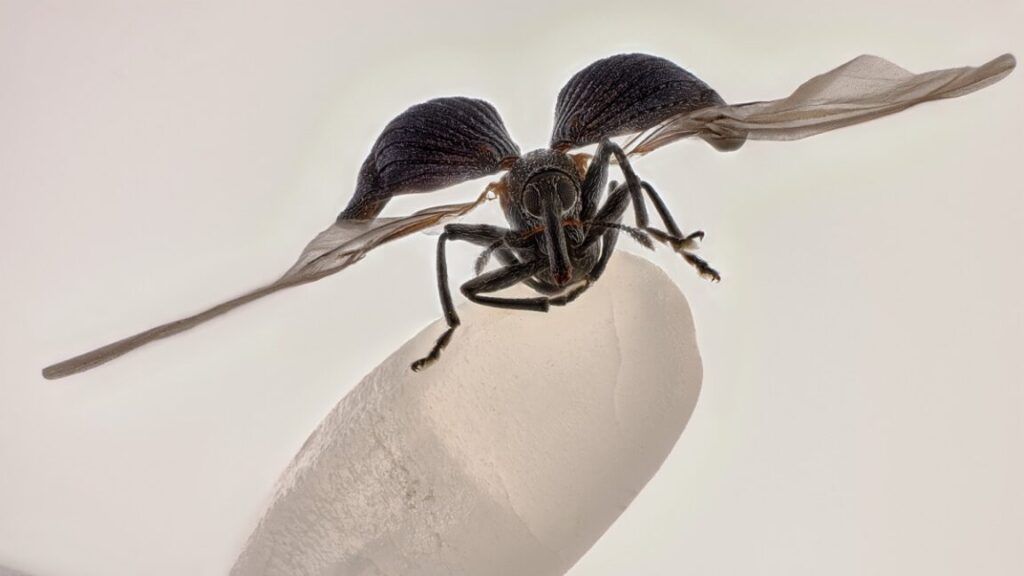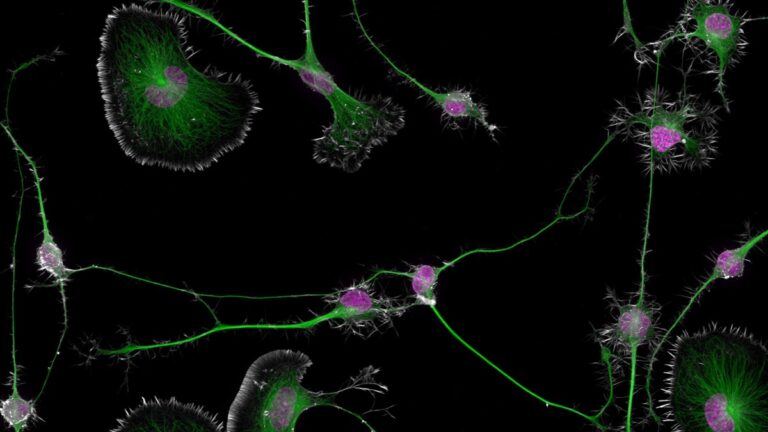Rice weevil on a grain of rice wins 2025 Nikon Small World contest
A stunning image of a rice weevil on a single grain of rice has won the 2025 Nikon Small World photomicrography contest, yielding valuable insight into the structure and behavior of—and providing a fresh perspective on—this well-known agricultural pest. The image was taken by Zhang You of Yunnan, China. Another of You’s photographs placed 15th in this year’s contest.
“It pays to dive deep into entomology: understanding insects’ behaviors and mastering lighting,” You said in a statement. “A standout work blends artistry with scientific rigor, capturing the very essence, energy, and spirit of these creatures.”
There was an element of luck in creating his winning image, too. “I had observed rice weevils in grains before, but never one with its wings spread,” You said. “This one was naturally preserved on a windowsill, perhaps in a final attempt to escape. Its tiny size makes manually preparing spread-wing specimens extremely difficult, so encountering it was both serendipitous and inspiring.”
Nikon’s annual contest was founded in 1974 “to showcase the beauty and complexity of things seen through the light microscope.” Photomicrography involves attaching a camera to a microscope (either an optical microscope or an electron microscope) so that the user can take photographs of objects at very high resolutions. British physiologist Richard Hill Norris was one of the first to use it for his studies of blood cells in 1850, and the method has increasingly been highlighted as art since the 1970s. There have been many groundbreaking technological advances in the ensuing decades, particularly with the advent of digital imaging methods.
Rice weevil on a grain of rice wins 2025 Nikon Small World contest Read More »

